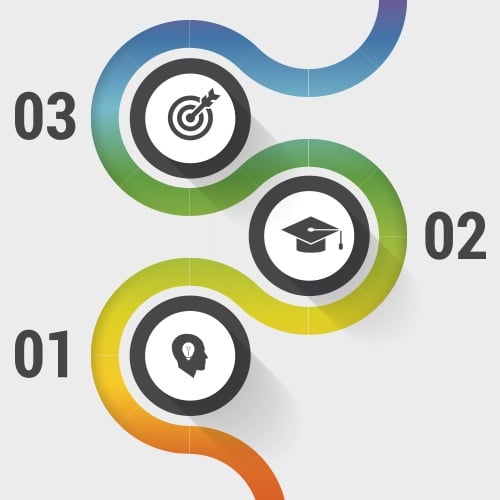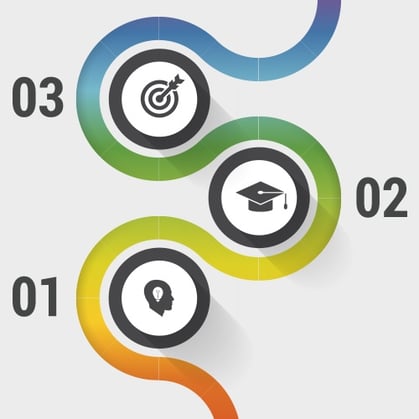3 Simple Steps For Measuring Employee Development

 I know I am over-simplifying this, but I am doing this intentionally. If you want to know if employee development is working, don't make it mandatory. Huh? You see, mandatory development is really training in disguise. Training, AKA going to some form of a classroom for a few hours, does not have any real, long-term benefit to anyone. This type of activity is a checkbox for the organization and is considered by leaders a waste of time. Understand that I am telling you that the ROI of "training" is likely tiny.
I know I am over-simplifying this, but I am doing this intentionally. If you want to know if employee development is working, don't make it mandatory. Huh? You see, mandatory development is really training in disguise. Training, AKA going to some form of a classroom for a few hours, does not have any real, long-term benefit to anyone. This type of activity is a checkbox for the organization and is considered by leaders a waste of time. Understand that I am telling you that the ROI of "training" is likely tiny.
Who wants tiny?
If you want to ensure development has actually taken place, make it about the employee and their development. In other words, you need to develop a systemic idealogy that you care about others. Seems like a slight of hand trick or that I am playing with the semantics. Maybe I am, but changing the tone and the message is key here. You do in fact, need to make it about the employee, not about what you want the employee to do.
Developmental activities have a lasting impact
The effect of training may last minutes, possibly hours if you're lucky. Development is a journey and takes forever if you allow it (not a bad thing in my opinion). Take any sport, amateur or professional: do they practice their skill set or area of expertise once in the season and pray they win 50 games? No. Each player is developed with intent and the coach (read: employee) is expected to bring out the best in each player and help them make incremental developmental changes over time and make improvements.
3 Simple Steps For Measuring Employee Development
There are a few simple steps you can take to ensure you're measuring your employee development efforts:
- Set a baseline by performing a 360 survey for each position.
- Offer the participants learning content that is targeted to the competencies that are called out in the initial 360 report. A good 360 report will include learning content that is aligned to the targeted competencies.
- Complete a follow up 360 survey for each participant and compare the initial report to the second report. If the participants engaged in the learning content you should see improvements in their target competencies.
At ThinkWise, our 360 reports provide simple, clear, and direct information. If nothing else, we allow you to categorize what to STOP, START, and CONTINUE while valuing the feedback people have provided. The ThinkWise 360 report provides suggested learning resources, targeted to the competencies that are identified as strenghts or opportunities for growth, so you can make improvements immediately.
Do you follow a similar Employee Development plan or something completely different?
Send us your comments, we'd like to hear from you.
